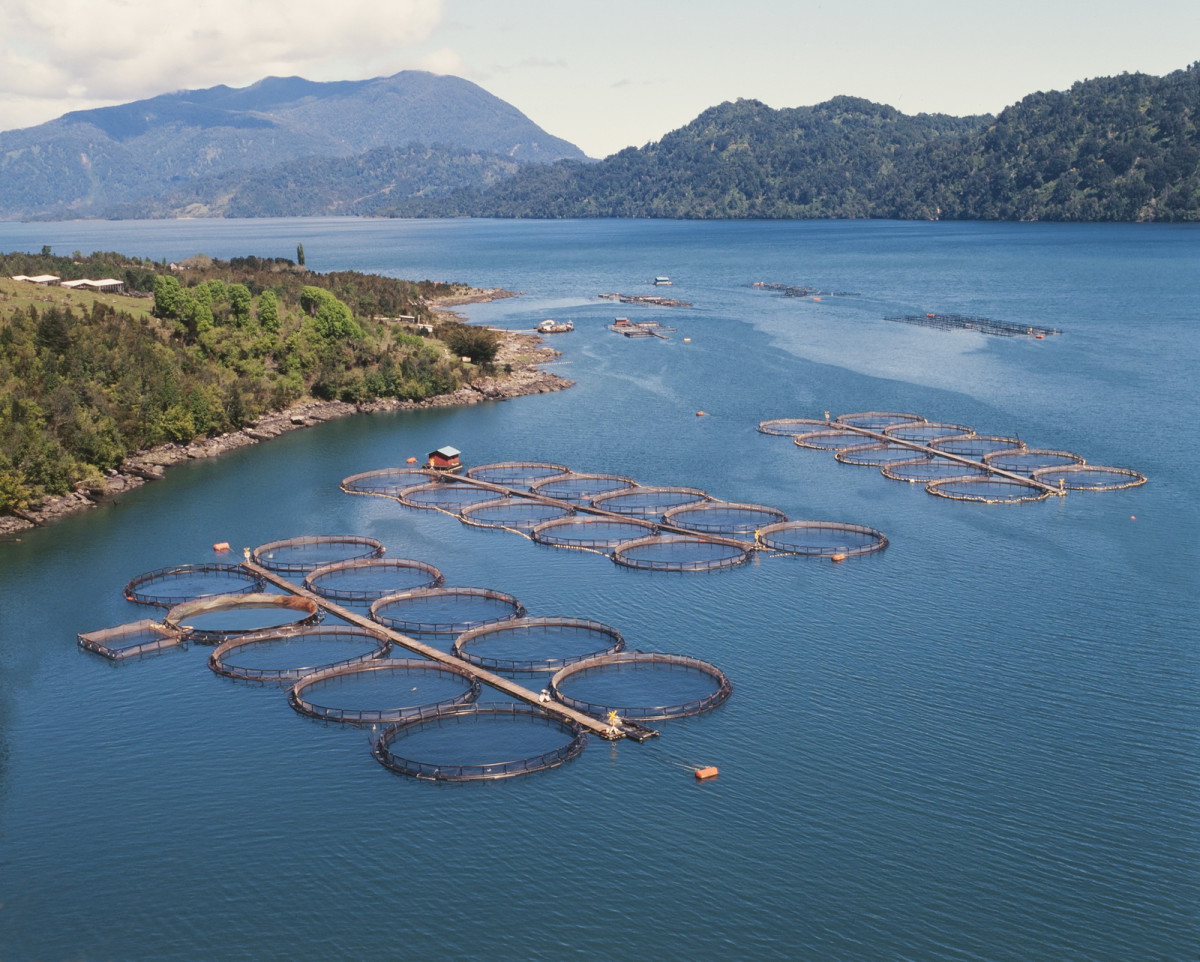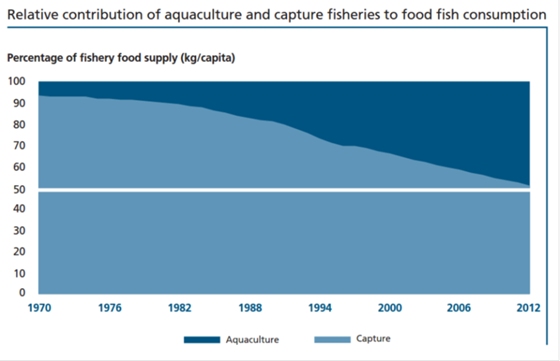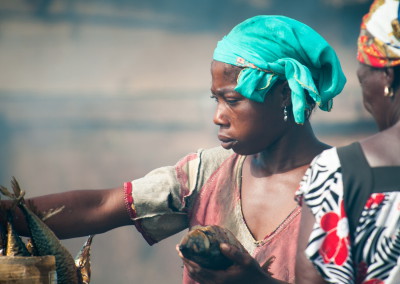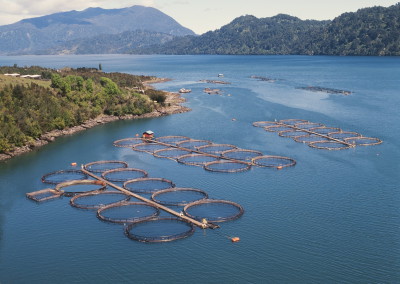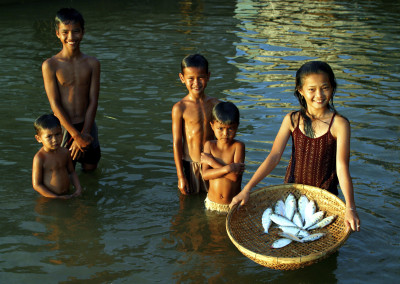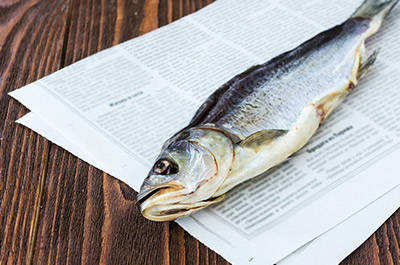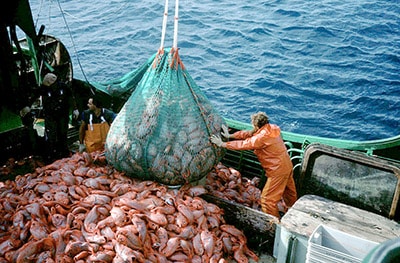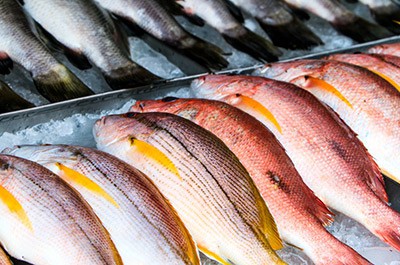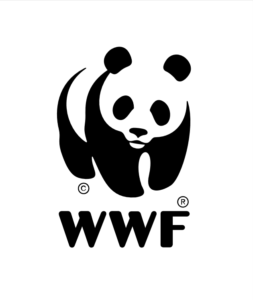Why the future has to be sustainable
If we continue fishing as we have done until now, our seas will be completely overfished in a few years. Then, for future generations, we won’t only have to take responsibility for the ecological consequences but also for robbing people of their livelihoods. Increased production and sustainability can work together.
It is expected that, in just over 30 years, the world’s population will grow to more than 9 billion. It is a gigantic challenge to feed everyone. Studies identify that, in sub-Saharan Africa, fish consumption per head will fall[1] on the one hand due to population growth, on the other because the overfishing will then mean that no increase in amount of catch will be possible. As will be the case all over the world, more and more people will have less fish to share. But fish could play a central role in nutrition and even fulfil the needs of the growing middle class whilst providing food security for the poorest.[2]
Aquaculture and its revenue have increased hugely in past decades. The result: more fish on the market, prices have generally remained moderate and more people than ever before have access to fish and seafood. And although the effects of aquaculture on nature are often problematic, there are examples to show that it can be done differently. Fish culture can be done sustainably and less resource intensively.
Here, there is also new possibility for developing countries. With sustainable and efficient production, not only can they cover their own needs with high quality food stuffs but they can also play a decisive role in the international fish market, strengthen their economy and meaningfully improve quality of life in the country.[4]
However, in the end, it’s the end consumer and retail sector in fish and seafood products who decide the future through responsible buying decisions or product range selection. Only the creation of increased demand for sustainable products, a wide enough variety of sustainable products available in shops and fish markets will lead to more sustainable methods of fishing and aquaculture. Through this, enough fish would be provided in the long-term for nutrition for the growing human population and for securing the livelihoods of millions of people living in developing countries.
show references for this article
[1] The World Bank. Fish to 2030: Prospects for Fisheries and Aquaculture. Washington. Page XV; http://www.fao.org/docrep/019/i3640e/i3640e.pdf
[2] The World Bank. Fish to 2030: Prospects for Fisheries and Aquaculture. Washington. Page VII; http://www.fao.org/docrep/019/i3640e/i3640e.pdf
[3] Food and Agriculture Organization of the United Nations (FAO). The State of World Fisheries and Aquaculture 2014. Rome. Page 66; http://www.fao.org/fishery/sofia/en
[4] The World Bank. Fish to 2030: Prospects for Fisheries and Aquaculture. Washington. Page VII; http://www.fao.org/docrep/019/i3640e/i3640e.pdf
Relative contribution of aquaculture and capture fisheries to food fish consumption [3]















